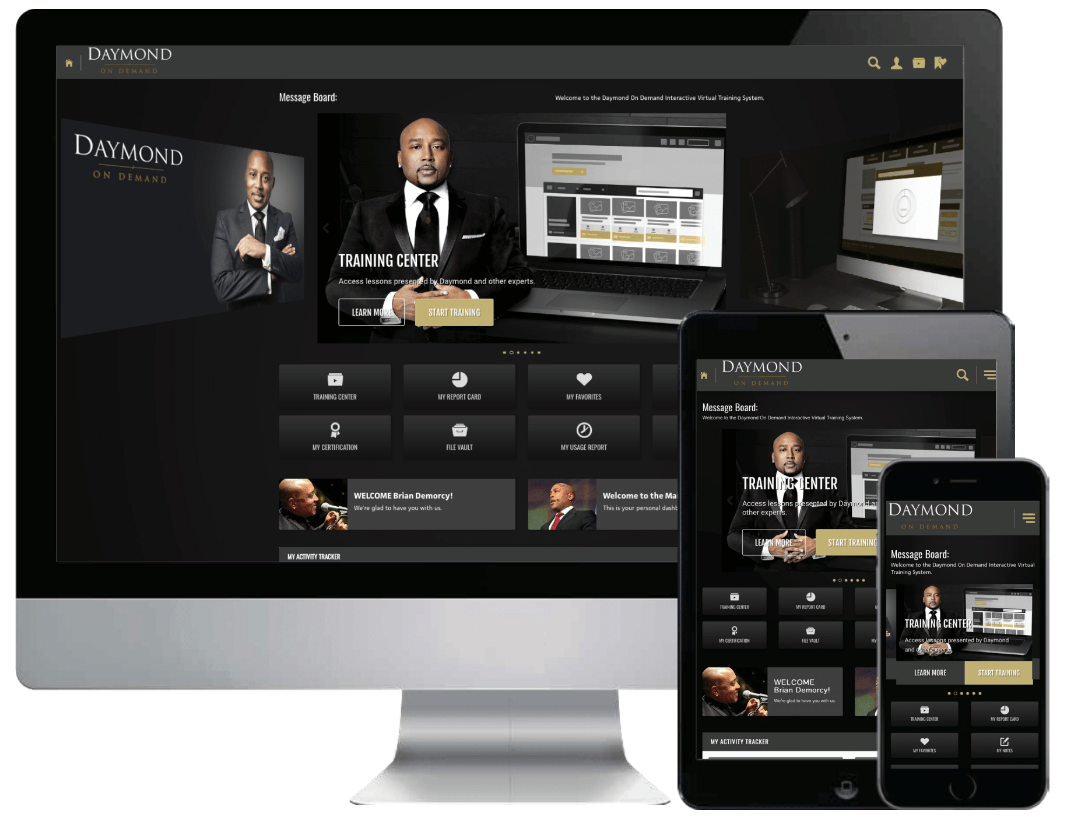Let me tell you something a lot of people don’t like to admit:
Sometimes the path you’re on… isn’t the one that’s going to take you where you want to go.
And that’s okay.
In fact, the best entrepreneurs I know? They didn’t get where they are by staying rigid. They got there because they knew when to pivot.
I’ve had to pivot more times than I can count—product lines, marketing strategies, partnerships. And every time, the pivot wasn’t a setback. It was an unlock.
Knowing When It’s Time to Pivot
You don’t always need a crisis to tell you it’s time to shift.
Sometimes it’s subtle. A dip in engagement. A gut feeling that your offer isn’t landing the way it used to. Customers asking for something you’re not providing.
Other times, it’s loud and clear—sales drop, your market moves on, or a new competitor changes the game.
The key is not ignoring the signs.
If you’re asking yourself, “Is this still working?” or “Are we still solving the right problem?”—that’s not fear talking. That’s awareness.
And awareness is what leads to smart pivots.
A Framework for Strategic Pivots
So how do you shift without starting over from scratch?
Here’s the step-by-step framework I’ve used myself—and seen work over and over:
1. Get honest about what’s not working.
Look at the numbers. Look at the feedback. Look at your own energy. Before you pivot, get clear on what’s broken—and what’s not.
2. Revisit your “why.”
Your mission shouldn’t change. But your method can. Stay anchored in the problem you’re solving—but explore new ways to solve it.
3. Listen to your customers.
Don’t guess. Ask. Survey your people. Watch their behavior. They’ll tell you what they need—you just have to be willing to hear it.
4. Test before you leap.
You don’t have to blow everything up. Run small experiments. Soft launch. Pilot a new offer. Get real data before you go all in.
5. Communicate the shift with confidence.
Whether it’s your team, your customers, or your investors—clarity builds trust. Be honest about the why, and bold about the vision.
Pivots That Paid Off Big
Some of the most iconic brands out there exist because someone had the courage to pivot.
Instagram started as a check-in app called Burbn—until the founders noticed people only cared about the photo-sharing feature. That pivot changed everything.
Slack was originally a tool built for a failed video game. The game flopped—but the internal messaging system blew up.
Netflix went from mailing DVDs to streaming, then doubled down again into original content. Each pivot leveled them up.
Even at FUBU, we had to evolve constantly. Trends changed. Retail dried up. But our ability to shift with culture—while staying true to our message—kept us relevant.
Pivoting isn’t quitting. It’s adapting. And adaptation is how you survive—and scale.
Final Thought: Don’t Wait for Rock Bottom to Reinvent
You don’t need to burn out, bottom out, or fall apart before you decide to pivot.
You just need to be willing to move before it’s too late.
The best entrepreneurs aren’t married to a method—they’re committed to the mission. And they understand that reinvention is part of the game.
So if something’s not working… if you’re feeling stuck… if you know deep down there’s a better way forward—don’t ignore that. Explore it.
Because the pivot?
That might be the thing that changes everything.
— Daymond
















